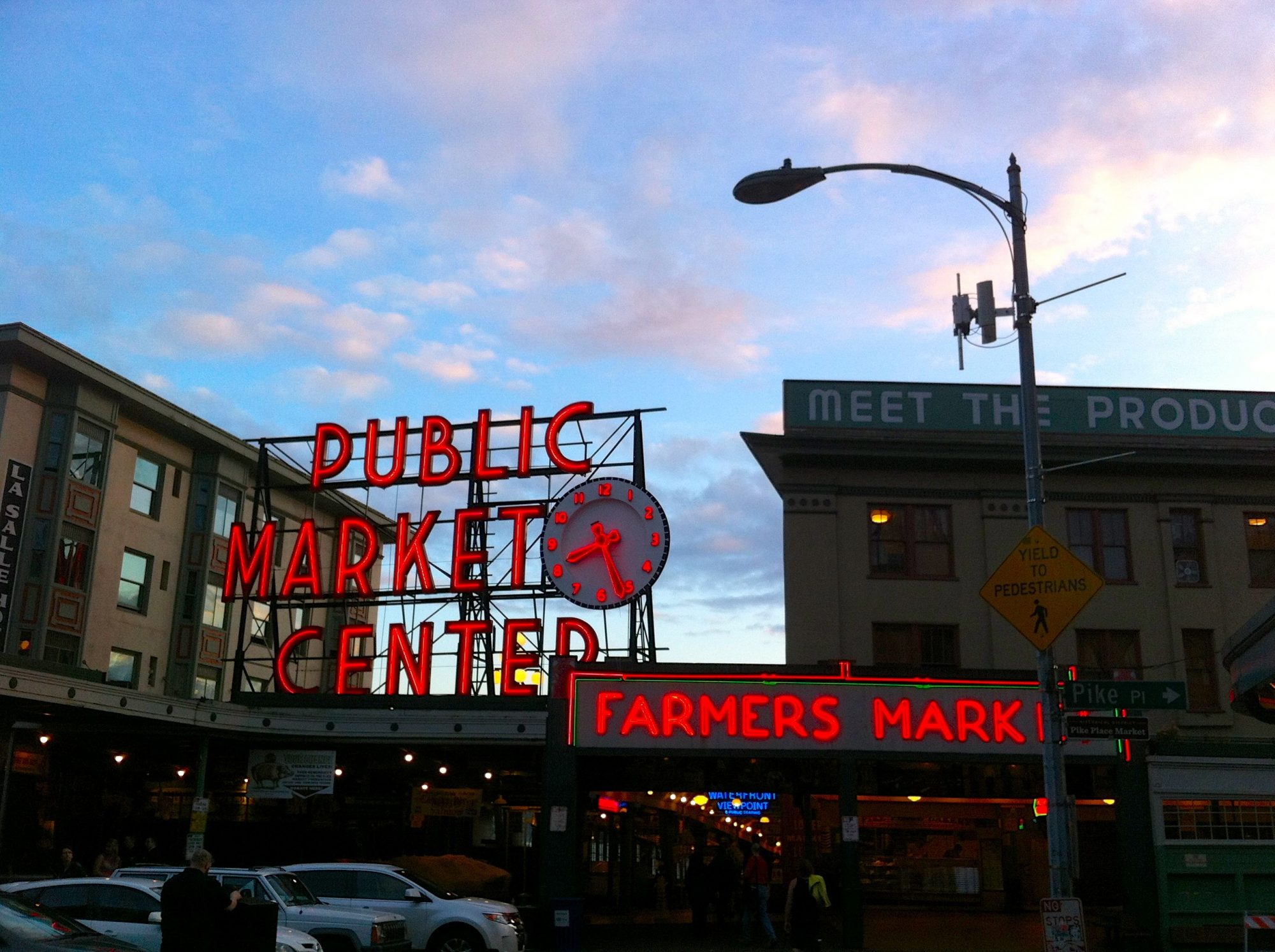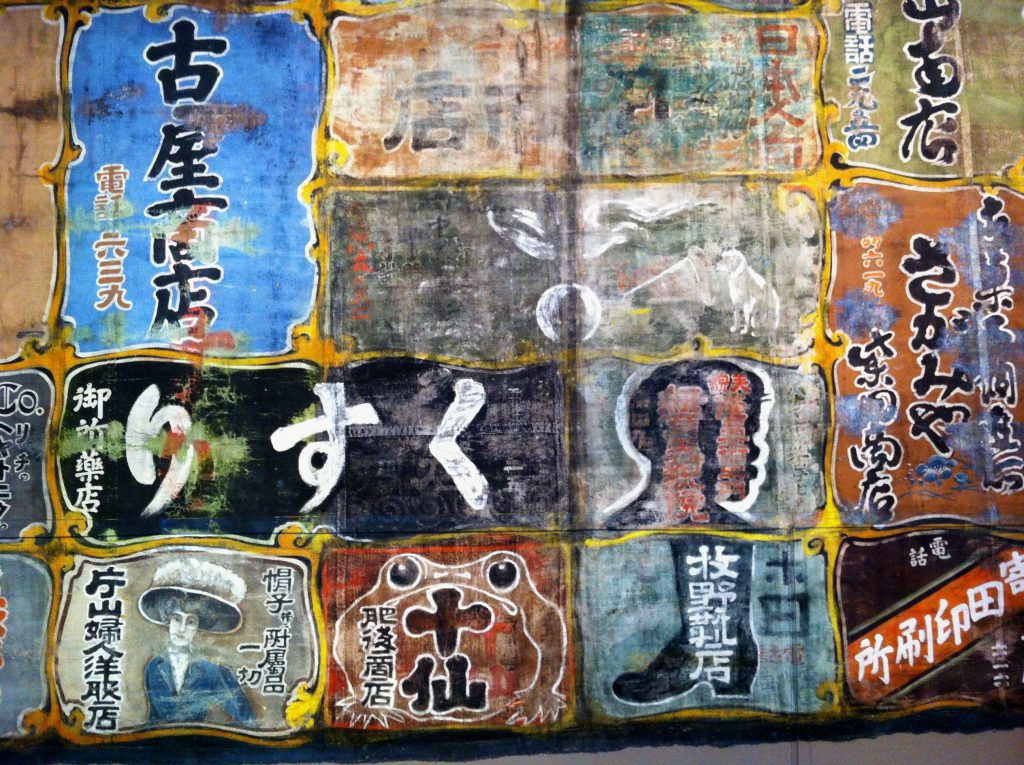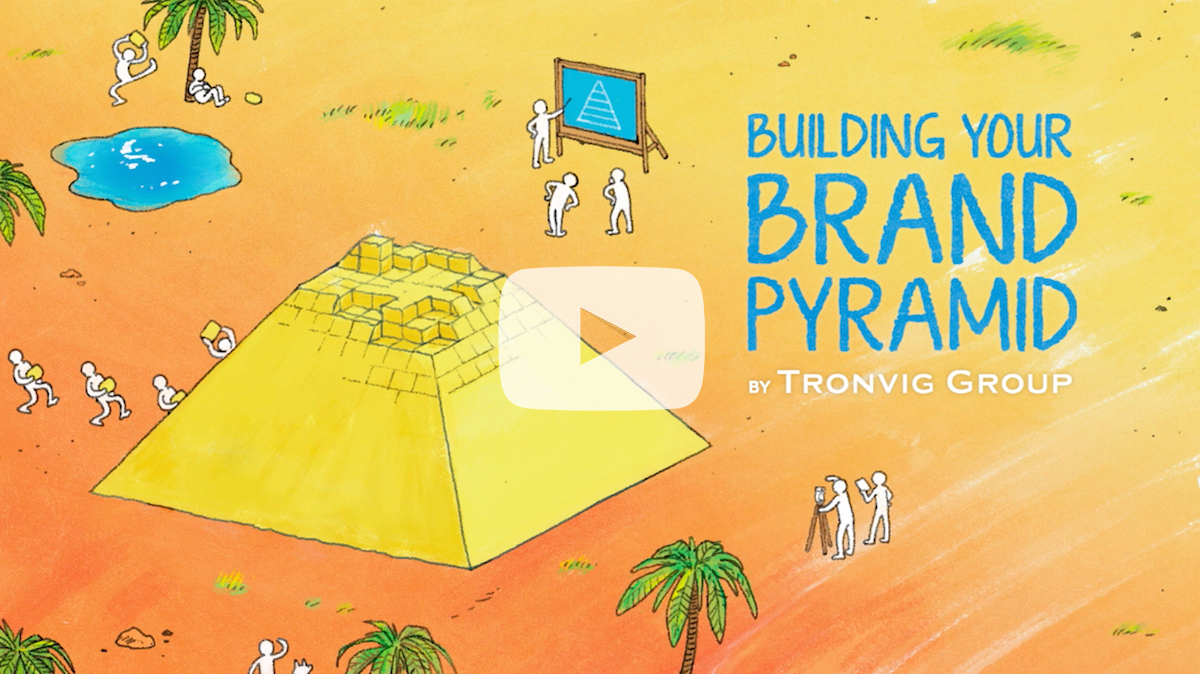Post published in May, 2014

AAM2014 (American Alliance of Museums‘ Annual Meeting and Expo) was first-rate. Seattle was a fabulous and incredibly welcoming host city, and all in all, it was a fantastic and informative and incredibly well-packed 4 days.
Among all the things I experienced and vividly remember, I would like to discuss one particular session. It was a session fascinating to me for reasons unintended by its designers.
In the session, three museum leaders were arranged to tell their stories of organizational transformation. What happened serves for me as a kind of object lesson in how a session with all the ingredients of greatness can fail.
It was an engaging topic with leaders in the field from a mix of institutions of varying sizes. It was very well attended … and it fell dramatically short of its potential, but it did so in ways that I believe are instructive.
The first presenter was from the largest institution and presented a case study that everyone in the room knew about. The presentation was cut short, preventing the thesis from landing its message, so although it looked like the presenter had nailed the topic, the audience could not fully reap the benefits.
The second presenter had what seemed the perfect story, but the message about radical simplification was presented only as a kind of implied subtext to an amply illustrated story. The presenter did not explain the fundamental changes she had overseen, nor what its important elements were or what others could learn from the experiences so carefully outlined.
The third presenter was from the smallest organization and had a story of challenging in-process transformation to tell, but this story was held up to the audience in the same way as the other two. And so the presenter talked about his knowledge and the tools he used as if they were a model, instead of articulating his frustrations with the process.
At the end of all this, the room asked questions that reflected the ambiguity of the three messages. It was as if the collective question from the audience was: “Did I just learn something?”
 Watching this and thinking about it afterward, I believe I learned a few things that I might summarize as follows:
Watching this and thinking about it afterward, I believe I learned a few things that I might summarize as follows:
1. There need to be more sessions on organizational change, because it is not well understood although it is terribly important for an industry in the throws of great change. This need is felt. People were sitting in the aisles and filling every square inch of the room for this session. I wish the session had achieved more for the immediate benefit of those in the room.
2. The most common AAM session format that I saw—with three presenters and a moderator—must be very carefully planned and executed to succeed. It depends on the capacity of all participants (often from various parts of the country) to genuinely plan and coordinate what they are going to present for the benefit of the attendees. While I think it’s possible for this structure to produce great sessions (it certainly does on on occasion), it also affords great opportunity for ill coordination and incompleteness.
3. Museums in their own work within their own walls devote a good deal of energy to effective presentation of content. As such, one would hope that presenters in a session would put forth their ideas supported by well-designed and high-quality presentation slides, or at least that they would recognize that execution matters. This was not the case here, but more broadly, is it ok for a presentation to consist of one slide and a read lecture? If a presenter does not spend the time to prepare a full set of well-thought-out slides to support and illustrate the message that is being delivered, it does the attendees a disservice.
4. Moderators should not be confused with or act as a fourth presenter. They should moderate. They should ask good questions, pull the session together, or constructively move it along. These are serious responsibilities that should probably also include making sure that the audience gets the inspirational, instructional, and coherent message it has come to receive. This takes planning and the moderator should be responsible to make sure that all the presenters are doing their part to be fully and properly prepared in the time frame they are allocated.
5. There should be an AAM session or trainings on how to give good presentations to live audiences. It’s not something most people can just carry off spontaneously on request.
Cultivate the daring and young among you. Take advantage of their enthusiasm and new ideas while the light still burns brightly.
6. Recognizing the logistical complications of an already very busy conference, some mechanism for evaluating individual sessions is in order. Quality can be rewarded and benefits that are actively delivered to audiences should be prioritized. Talent in delivering quality presentations should ideally result in requests to do more.

7. I still miss the incubator sessions that were tried in Minneapolis (AAM2012), where very young professionals were given to opportunity to give presentations and get immediate audience feedback from more experienced peers. Cultivate the daring and young among you. Take advantage of their enthusiasm and new ideas while the light still burns brightly.
All that said, I absolutely cannot wait for AAM2015 in Atlanta.
Does your museum need an affordable way to improve its brand today?
Because we know that not everyone needs or can afford our full process, we created a guided tutorial package for our foundational brand strategy tool: the Brand Pyramid. Watch the video for a preview.
For more information on this brand strategy tutorial, visit here where you will find a fuller explanation and link to a free download of the first video.
Photos by the author



Ask for help.
We are kind, thorough and ready when you are. You just need to ask.